Artificial Genius in Home Robots Current and Future Use By Human..
International Federation of Robotics information that the world. service robot industry, which includes both industrial and domestic sectors, is a $10.3 billion market. It also estimates that home robots or domestic robots will contribute $23 billion in revenue by 2025.

Home robots have existed since the 1990 s. An early example of this is the 2001 Electrolux robot vacuum cleaner. They are currently used for helping humans with many kinds of domestic chores. This article explores three such major home robot applications.
- Cleaning (vacuum cleaning, floor cleaning, lawn mowing, pool cleaning and window cleaning etc)
- Entertainment (toys and hobby robots)
- Domestic security and surveillance (machine vision, motion detection, more)
Although home robot adoption is expected to significantly increase the next few years, the implementation of AI technologies for these robots is still fairly recent. This article aims to answer the following questions: - How is AI currently being applied in the home robot industry?
- What innovations are expected within the next 5 years in this domain?
We explore cleaning, entertainment, and domestic security applications in depth in the article that follows.
Cleaning Robots
Current Applications
Over the past decade, there have been several dramatic improvements in cleaning robot capabilities. In fact, a few of the premium products in this market are currently in their 6th generation. OEMs are increasingly looking to adopt AI technologies, especially for vacuum cleaning, floor cleaning, and lawn mowing chores. Below are some currently available cleaning robots.
iRobot Roomba
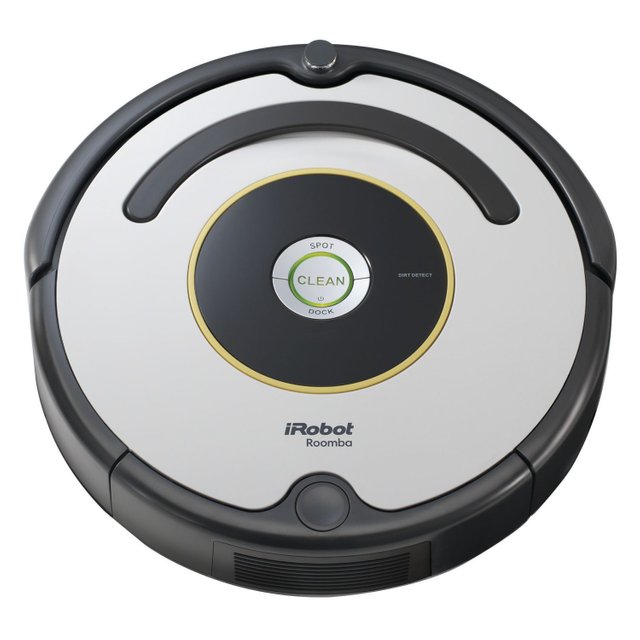
When iRobot launched its first robotic vacuum cleaner, Roomba in 2002, the product had fairly basic AI capabilities, such as identifying walls and avoiding stairs using built-in sensors. The latest 980 model of Roomba has advanced decision making capabilities, powered by AI. The robot is capable of scanning the room size, identifying obstacles and remembering the most efficient routes and methods.
Sharp Corporation’s RX-V100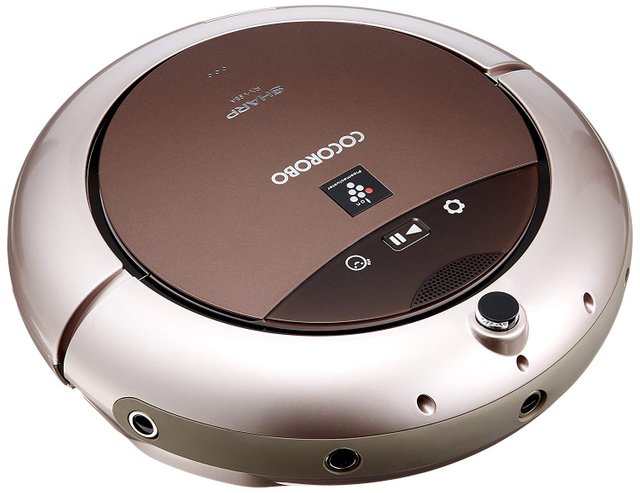
RX-V100 is a cleaning robot embedded with a speech recognition AI engine to enable tasks such as reporting the current status of the robot through a combination of blinking lights and spoken messages. For example, when a user gives a voice command to the robot to “Clean,” the RX-V100 uses AI speech to reply, “All right,” and “waggles” to acknowledge the command. It then begins cleaning in Automatic Mode. In addition to this, the product comes with a set of predefined messages and responses to simulate simple conversations, such as “Good Morning” or “How’s it going?”
Here’s a 3-minute marketing video from Sharp, featuring some of the basic use cases and capabilities of the RX-V100 model:
Bosch Roxxter
Bosch launched its Roxxter range of robotic vacuum cleaners that leverage AI to draw interactive maps of their environment. These robots are equipped to handle voice commands through Amazon’s Alexa assistant-compliant devices. For example, a use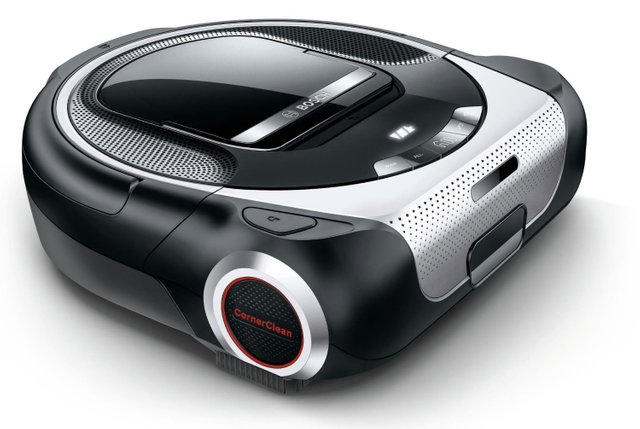 r can activate the Roxxter robot by commanding Alexa: “Alexa, move the Home Connect robot vacuum to the living room.”
r can activate the Roxxter robot by commanding Alexa: “Alexa, move the Home Connect robot vacuum to the living room.”
Other key players in this home cleaning robot segment include Dyson, Samsung and Neato.
Future Possibilities
In the 45th Tokyo Motor Show this year, Honda demonstrated a new robotic lawnmower concept, the Honda Ai-Miimo Concept. Honda claims that Ai-Miimo Concept is a self-propelled, electric robotic lawn mower capable of communicating with its user using AI. It is, however, not clear how the robot leverages AI for conversations.
The video below shows a short demo of the product by Honda at the Tokyo Motor Show 2017:
Businesses are investing in AI research and development for cleaning robots. In February 2017, Dyson invested $587 million for developing an R&D tech center in Singapore focused on connected tech and intelligent machines. Open-Air also listed “a useful household robot” as one of it’s important technical goals in 2016.
Cleaning equipment manufacturers are starting to collaborate with AI technology providers. San Diego startup Brain Corporation announced its partnership with SoftBank Robotics Corp with the intention of entering the commercial cleaning robot business in 2018. This partnership will enable SoftBank Robotics to offer the ICE RS26 robotic floor scrubber, which runs on Brain Corp’s A.I. platform for autonomous navigation and mapping, Brain OS.
Entertainment Robots
Current Scenario
A 2017 World Robotics report estimates that entertainment robots (toys or hobby robots) sold 2.5 million units in 2017, bringing in a revenue of $1.1 billion. It also projects that the market size of entertainment robots would reach $7.5 billion between 2018 and 2020, at a CAGR of 20%-25%.
Two examples of AI-embedded home entertainment robots are listed below:
Anki’s Cozmo
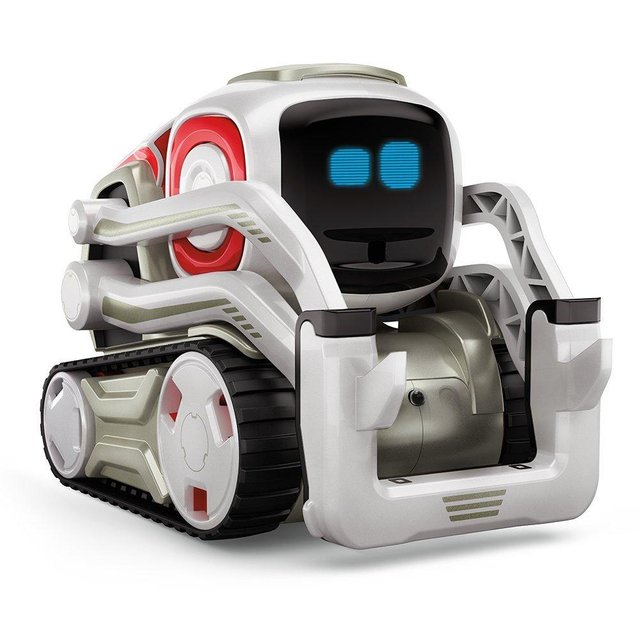
San Francisco startup ANKI’s home entertainment robot Cosmo is an artificially intelligent toy. The company markets Cozmo as a “robot with a big personality and a host of emotions” in its 2016 launch report. According to the report, Cozmo’s “personality” is powered by deep AI, robotics, and computer vision. Cozmo can “recognize and remember people” using a built-in OLED camera. The robot comes with an app that is compatible with Apple, android and Kindle Fire devices. It also has built-in gameplay content, which is constantly updated. The report claims that the robot’s skill sets with new activities increase over time as he gets more “familiar” with a player.
The video below shows Cozmo and its capabilities:
Emotech Olly
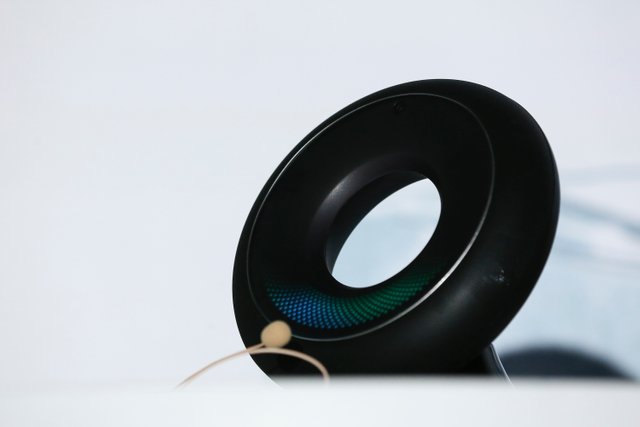
Emotech’s Olly is a voice-controlled assistant robot, much like Amazon Echo or Google Home. Emotech claims that this robot has an “evolving personality,” meaning it reacts differently to different users. It can “understand” the users’ facial expressions, vocal intonations and verbal patterns via computer vision, microphone array technology and an “emotion character engine,” and proactively start conversations rather than reacting to users’ commands.
It is, however, not very clear how the emotion character engine’s technology works. The robot’s capabilities also extend to retrieving information and interacting with other connected devices.
The video below suggests that Olly can simulate human emotions like empathy (it appears to “see” a user resting his head on the couch and asks him, “Long day?”) and predict the music the user might want to listen to according to their mood.
Emotech also reportedly closed a Series A funding of more than $10 million in 2016 from two Chinese VC firms, Alliance Capital and Lightning Capital.
Future Applications
The manufacturers of entertainment robots with integrated AI-technologies might benefit from new markets like education, owing to the strategic value of the technology. For example, the Lego Mindstorms robotic platform has been proposed as a hands-on artificial intelligence education tool at the University of Northern Iowa.
Home Security and
Current Scenario
Buddy Guard
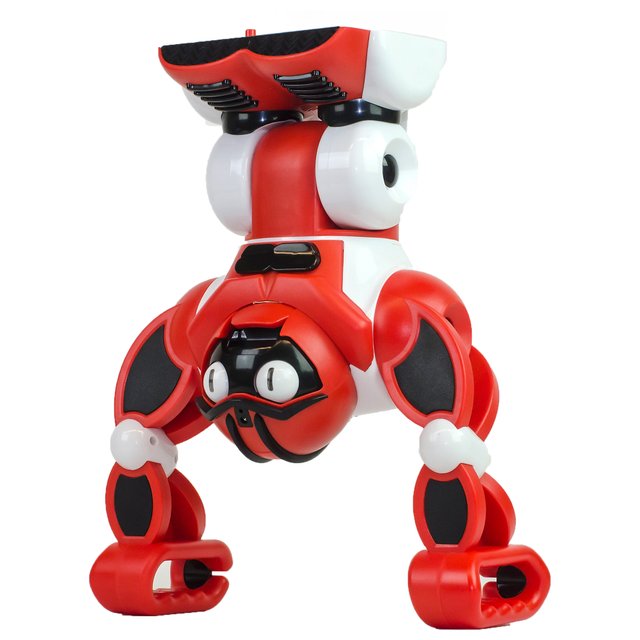
Buddy Guard, a Berlin-based startup, has launched Flare, an AI-powered home security camera. Originally funded via a crowd sourcing campaign, the company’s product now competes against Google’s Nest Cam and similar products. However, it is offered as an AI-backed intelligent security camera. Flare uses AI to recognize faces and detect suspicious sounds so that it can alert the home owner in case of intruders.
A short video of the product is presented below:
Future Applications
Deep Sentinel
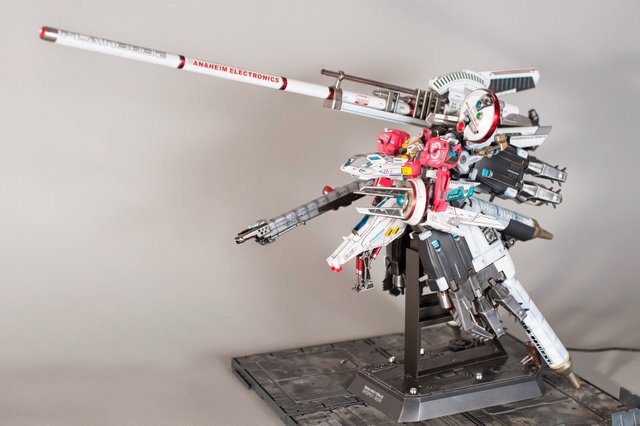
Deep Sentinel is an American company that aims to sell AI-powered home security and surveillance solutions, which can “predict and disrupt crimes before they occur.” The company claims that it has “optimized AI technology” to trigger alert systems even before a potential crime occurs. Deep Sentinel reportedly achieves this through a combination of neural networks, computer vision and deep learning. It does not elaborate on the technology any further, however.
The company reportedly raised $7.4 million in May 2017 through Shasta Ventures, Lux Capital, Bezos Expeditions (founded by Jeff Bezos), and UP2398 (founded by Pierre Omidyar).
Paraphrasing a 2017 Tec Crunch article about the firm:
Deep sentinel aims to expand the home security and surveillance market by moving the security line to the perimeter of a property rather than the perimeter of a home. Without ever entering a home, burglars can cost homeowners thousands by simply nabbing an Amazon delivery resting on a front porch. This shift in behavior necessitates a shift in the services provided by home security companies.
But legacy players like ADT, founded in 1874, haven’t kept up with the times. Selinger is confident he can both. To do this, the company is producing a series of cameras powered by deep learning that can evaluate threats on a property. This is the same technology that automakers are using for self-driving cars and companies like Facebook use to identify people and objects within your photos.
Concluding Thoughts – Market Size and Privacy Concerns
Minnesota-based VC firm Loup Ventures estimates (with the IFR) that by 2025 the robotic vacuum and lawn mower hardware markets will grow to $2.6 billion and $1 billion, respectively.
A Stanford report titled “Artificial Intelligence and Life in 2030” predicts that integration of emerging AI technologies in robotics—such as speech recognition, natural language understanding, and image labeling—would enable faster adoption of domestic robots by 2030.
The Stanford report also states that “Early expectations that many new applications would be found for home robots have not materialized. Robot vacuum cleaners are restricted to localized flat areas, while real homes have lots of single steps, and often staircases; there has been very little research on robot mobility inside real homes. Hardware platforms remain challenging to build, and there are few applications that people want enough to buy.”
As with any AI-related market, new ethical and privacy concerns may arise over the next decade in the robotics industry. Last July the iRobot’s Roomba robot underwent a slew of scrutiny for collecting valuable data about the size and dimensions of it’s user’s homes.
While industrial robots might potentially “learn” about the inside of a factory – robots that move around the bedroom and interact with children pose a potentially greater personal security concern. It was posited that Roomba might use it’s home-mapping data to determine the size and value of certain homes, information that might be useful for realtors or other home services companies. One could imagine many such personal data issues:
As home robots become ubiquitous, many of these hypothetical risks are likely to come to public attention, and it seems likely that regulations and rules will be establish to protect users (though it’s likely that companies will be incentivized to collect and use the data anyway, if it behooves them to do so).
Rajat Arya
Hi! I am a robot. I just upvoted you! I found similar content that readers might be interested in:
https://www.techemergence.com/artificial-intelligence-home-robots-current-future-use-cases/
Congratulations @rajatarya! You have completed the following achievement on Steemit and have been rewarded with new badge(s) :
Click on the badge to view your Board of Honor.
If you no longer want to receive notifications, reply to this comment with the word
STOPDo not miss the last post from @steemitboard:
SteemitBoard World Cup Contest - The results, the winners and the prizes